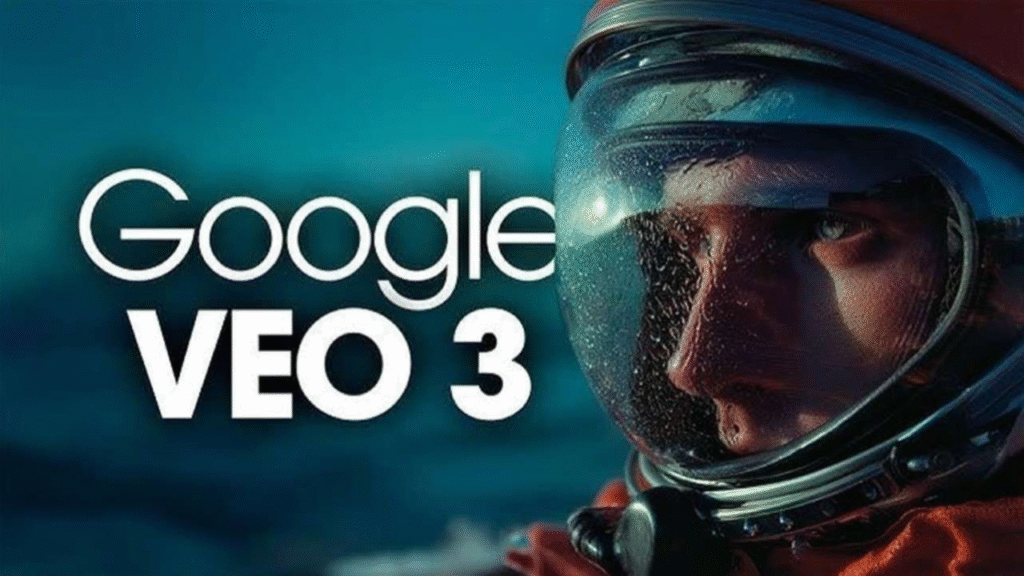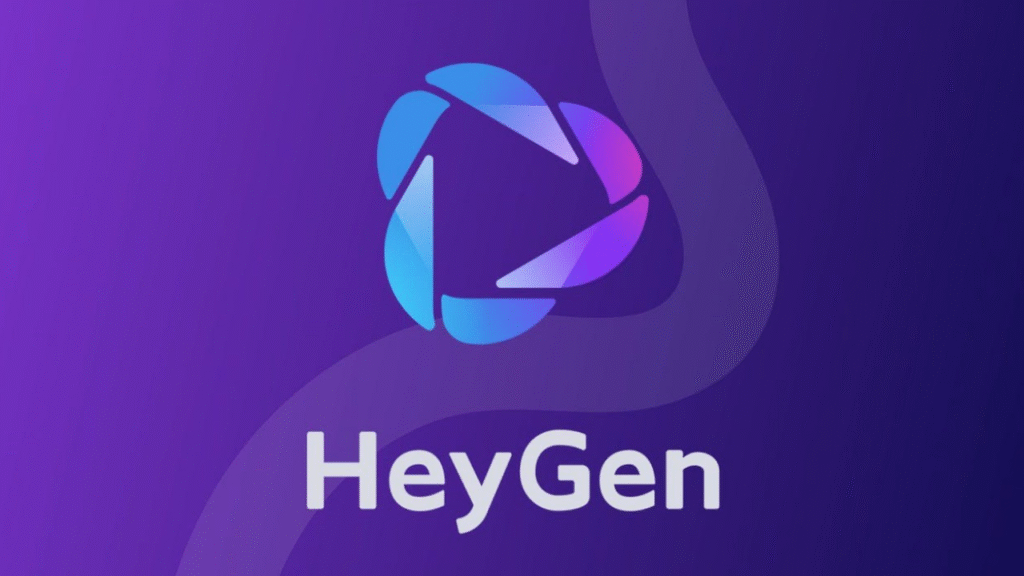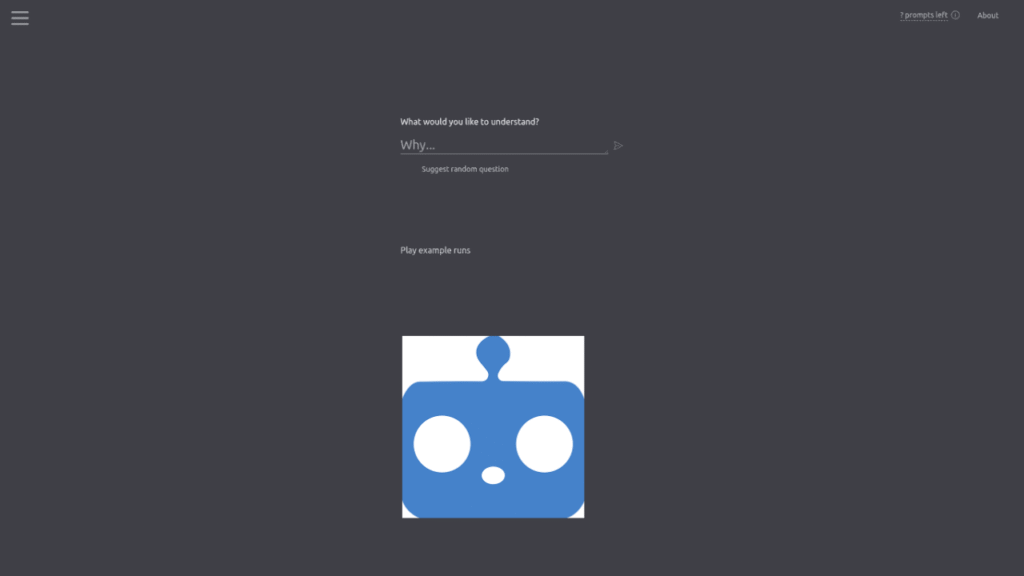In a world where content is king and video rules the throne, Google Veo AI is a game-changer. Whether you’re a filmmaker, marketer, YouTuber, educator, or just a curious tech lover, Google Veo AI is the kind of tool that makes you stop and say, “Whoa… this changes everything.”
But what exactly is Veo AI? Why is the internet buzzing about it? And more importantly—how can you use it?
Let’s dive into this transformative technology, explore its capabilities, and unpack what it means for the future of creative storytelling.

What is Google Veo AI?
Google Veo AI is a cutting-edge AI-powered video generation tool developed by Google DeepMind. It enables users to create high-quality, hyper-realistic videos from simple text prompts.
Imagine typing:
“A golden retriever jumping through autumn leaves in slow motion.”
Within seconds, Veo AI brings that to life—with cinematic framing, natural motion, realistic lighting, and stunning visual fidelity.
Sounds like science fiction, right? It’s not. Veo AI is real, and it’s here.
How Google Veo Works: The Technology Behind the Magic
Google Veo is built on advanced generative models, trained on vast datasets of video, image, and text pairs. Here’s a quick peek under the hood:
1. Multimodal Learning
Veo understands both text and visual patterns. It combines natural language processing (NLP) with computer vision to interpret what you type and imagine how it should look in motion.
2. Temporal Consistency
One of Veo’s standout features is its temporal coherence—unlike earlier models that created jittery or disjointed footage, Veo keeps objects, people, and movements consistent across frames.
3. 4K Quality with Long-Form Generation
Google claims Veo can generate full HD and even 4K videos that last over a minute—far beyond the 2–4 second limit of earlier models like Runway or Sora.
4. Cinematic Control
Veo offers advanced features like:
- Camera angles (zoom, pan, dolly shots)
- Lens effects (depth of field, motion blur)
- Scene transitions (fade-in/out, cross-dissolve)
It’s like having a Hollywood cinematographer at your fingertips.
Why Veo AI Matters: Real-Life Use Cases
🎥 1. Filmmaking on a Budget
Aspiring directors with zero budget can now bring scripts to life using only their imagination and a keyboard. Need a scene in a jungle or futuristic cityscape? Just describe it.
“Veo democratizes storytelling,” says Sam Gregory, director at WITNESS. “It empowers creators who never had access to expensive production tools.”
📈 2. Marketing & Advertising
Brands are using AI videos to produce product commercials in record time. Think personalized video ads for e-commerce, promos for social media, or explainer videos for startups—all generated in hours, not weeks.
🧠 3. Education & Training
Educators can create animated tutorials, visual case studies, or historical reenactments simply by typing lesson objectives. The result? More engaging, visual-first learning.
💡 4. Prototyping Ideas
UX designers, architects, or app developers can use Veo to prototype walkthroughs or app flows before building anything. That’s next-level creative agility.
Veo vs the Competition: How It Stacks Up
Let’s compare Veo with some popular AI video tools:
| Feature | Google Veo | OpenAI Sora | Runway Gen-3 | Pika Labs |
|---|---|---|---|---|
| Max Video Length | ~1+ minute | ~60 seconds | 4–6 seconds | 3–4 seconds |
| Output Quality | 4K, cinematic | High (not 4K yet) | Medium-High | Medium |
| Prompt Understanding | Advanced, nuanced | High | Decent | Limited |
| Control Features | Yes (camera, style) | Partial | Basic | Basic |
| Release Stage | Early access | Research demo | Public Beta | Public Beta |
Verdict: Veo is currently leading the pack in both video quality and control options.
How to Get Access to Google Veo
As of mid-2025, Veo is not fully open to the public. But here’s how you can explore it:
- Sign up at Google Labs
- Join the waitlist for early access.
- Try sample videos and prompt demos while you wait.
- Follow updates from Google I/O or the DeepMind blog for release announcements.
Expert Opinions: What Industry Leaders Are Saying
“Veo is not just another AI tool—it’s a leap forward in storytelling.”
– Demis Hassabis, CEO, Google DeepMind
“The combination of temporal consistency, scene control, and 4K output makes Veo the most promising text-to-video model we’ve seen.”
– Ethan Mollick, AI Researcher, Wharton School
“For marketers, this means faster, cheaper, and scalable content that looks world-class.”
– Ann Handley, MarketingProfs
Ethical Concerns and Responsible AI Use
Like any powerful tech, Veo comes with risks:
🔍 1. Deepfake Potential
Hyper-realistic AI videos could be used for misinformation or identity manipulation.
🛡️ 2. Copyright and Dataset Transparency
Creators and artists are asking: What data trained Veo? Google has assured they are using licensed and publicly available data, but clarity is key.
👁️ 3. Bias in Generation
If not properly audited, AI models can reflect biases from training data (e.g., stereotypes in character or location rendering).
Google’s Response:
Veo includes built-in safety filters, watermarks, and a transparency dashboard to ensure ethical use.
Future of Google Veo: What’s Next?
Here’s what we might see in the next 12–18 months:
- 🎛️ Real-time prompt editing
- 🎬 Scene stitching to build multi-shot narratives
- 🎙️ Voice-to-video generation (speak instead of type)
- 🧩 Integration with YouTube Shorts or Google Ads
- 🌐 API access for developers and studios
Imagine Veo becoming part of your regular workflow like Canva, Premiere Pro, or ChatGPT.
Getting Started: How to Craft Powerful Prompts for Veo
Want better results from Veo? Use this prompt formula:
[Scene Type] + [Action] + [Style] + [Camera Movement] + [Time/Weather]
Example: “A sci-fi city at night, flying car zooms past neon billboards, in Blade Runner style, with drone camera movement and rainy atmosphere.”
✅ Be specific
✅ Mention motion and emotion
✅ Add cinematic cues (camera, light, sound)
✅ Include temporal details (day/night, mood, pace)
FAQs About Google Veo AI
Is Veo free to use?
Currently, it’s in early access via Google Labs. Pricing for full access has not been announced.
Does Veo use real people in its training data?
Google claims it uses public and licensed datasets, with privacy-first principles.
Can I upload my own voice or music to match the video?
Not yet, but this may be possible once Google integrates Veo with AI music tools like MusicLM or AudioLM.
How is Veo different from AI image generators like Midjourney?
Midjourney creates still images from text. Veo does the same—but in moving, full-length videos.
Final Thoughts: A New Era of Creativity
Google Veo AI isn’t just another AI tool—it’s an entire creative ecosystem in the making.
With tools like Veo, we are stepping into a future where anyone can be a director, animator, or storyteller. No studio? No actors? No budget? No problem.
All you need is an idea—and Veo will do the rest.
TL;DR (For Featured Snippets):
Google Veo AI is a text-to-video tool by Google DeepMind that generates 4K, cinematic videos from written prompts. It offers scene control, motion accuracy, and long-form generation—making it ideal for filmmakers, marketers, and educators. Veo is currently in early access via Google Labs.


